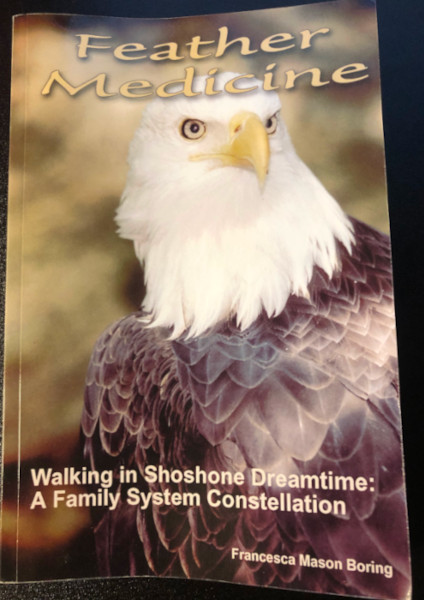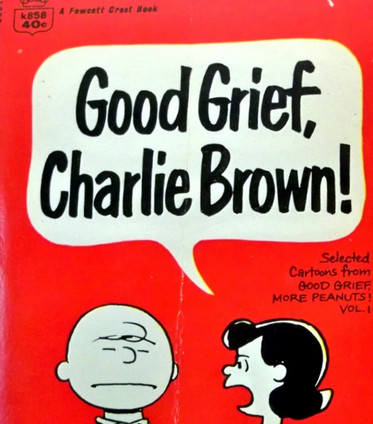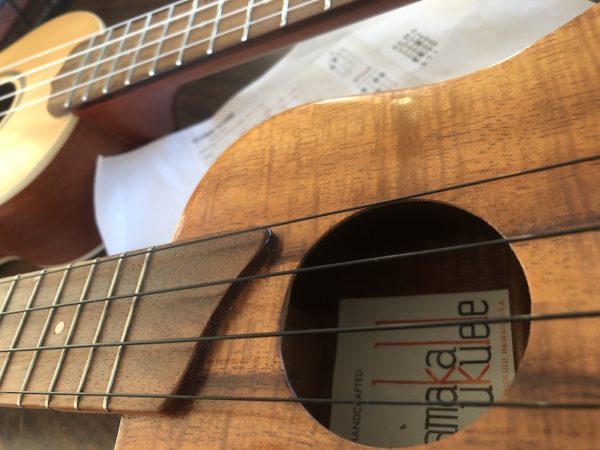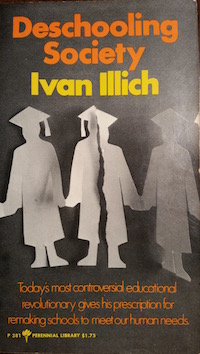What’s the story? What came before? What’s next? What’s mine to do?
These questions might be eternal, but right now in 2025, they seem kind of urgent. Perhaps the fire alarms clanging everywhere maybe make the songs of eternity through the ancestors all the more relevant, maybe more so than yet another hype or alarm about artificial intelligence, the imminent collapse of every kind of ecosystem, and the tempting call to transcend our humanity with yet more modern tech.
 Completing, Feather Medicine, the first book of family constellations facilitator and trainer, Francesca Mason Boring, the stories brought a kind of peace that the simple and timeless nature of parents, children, family, and ancestral wisdom can bring. Somewhere, experts have validated the stories of the natives to confirm their presence here at least 10,000 years. Francesca states this with little fanfare or need to credit any experts. But it resonated at a deep level, that the way most modern people look at the world is at the second hand of the clock. The native Americans give attention to the stories that are more stable and sustaining.
Completing, Feather Medicine, the first book of family constellations facilitator and trainer, Francesca Mason Boring, the stories brought a kind of peace that the simple and timeless nature of parents, children, family, and ancestral wisdom can bring. Somewhere, experts have validated the stories of the natives to confirm their presence here at least 10,000 years. Francesca states this with little fanfare or need to credit any experts. But it resonated at a deep level, that the way most modern people look at the world is at the second hand of the clock. The native Americans give attention to the stories that are more stable and sustaining.
The work of Family Constellations deserves much more common awareness. It slowly comes. It can feel uncanny and even miraculous to the modern mind, so I won’t try to explain it. But it’s pretty natural and normal to indigenous ways of being and thinking. Francesca cites Rupert Sheldrake and morphogenetic fields. I did not know that the originator of Family Constellations, Bert Hellinger and Sheldrake were friends. I’d read Sheldrake’s work long ago, as have I also been benefiting from constellation work for quite some time. The “knowing field” of constellation work is amazing, and something to experience, where it seems the life experience and wisdom of those no longer with us on this earth, ancestors who have passed away or maybe ones we didn’t even know we had, seems to just naturally emerge.
If you don’t want to find a workshop in your area (or even online), you might just check out the Netflix series AnotherSelf which features a constellation workshop in each episode (2 seasons so far and a third is in the works). It’s filmed in Turkey, and in Turkish, but the setting makes it feel a bit like going on a vacation to a resort town, which is where most of the stories happen.
Just one last word about this. This “woowoo” stuff has been a bedrock of organizational systems change work for decades. It was brought to software conferences to support coaches make changes, and simpler forms of constellation work are a staple of certified organizational coaching systems. There are so many books about this topic, from many many angles. It is not “woowoo” to use family constellations to visualize a system and help use the placement and orientation of the various aspects of a system (which could be people, or abstractions) to help understand and relate from more embodied knowledge. One book to check out that can allow you to explore this methodology in the safety of your office with pieces of paper on a desktop would be John Whittington’s Systemic Coaching & Constellations.


 The “ukulele uprising” referenced in the title of this post is not a march of miniature guitars storming the capitol demonstrating against size-ism. It’s about how a ukulele has played a role in rising up around some interesting themes of learning, cooperation, and inspiration.
The “ukulele uprising” referenced in the title of this post is not a march of miniature guitars storming the capitol demonstrating against size-ism. It’s about how a ukulele has played a role in rising up around some interesting themes of learning, cooperation, and inspiration. A great deal of my blog has been devoted to my experience of the Agile Software Development movement and trying to apply this beyond just code. When I sought links from my blog to reference, so much of the last 10 years of my blog is about agility in one way or another. So I won’t bother adding links. Just scroll down, read, and click on the “older entries” link and you’ll find more, and yet more. All of my career has been focused on agile in one way or another.
A great deal of my blog has been devoted to my experience of the Agile Software Development movement and trying to apply this beyond just code. When I sought links from my blog to reference, so much of the last 10 years of my blog is about agility in one way or another. So I won’t bother adding links. Just scroll down, read, and click on the “older entries” link and you’ll find more, and yet more. All of my career has been focused on agile in one way or another. is a community based initiative to train and educate professional web developers. Montana businesses needs them. May 2015 it became the only topic at a
is a community based initiative to train and educate professional web developers. Montana businesses needs them. May 2015 it became the only topic at a  How have agile philosophy and practices been incorporated into the school? We start our 12 week class the first day by briefly explaining the
How have agile philosophy and practices been incorporated into the school? We start our 12 week class the first day by briefly explaining the 

